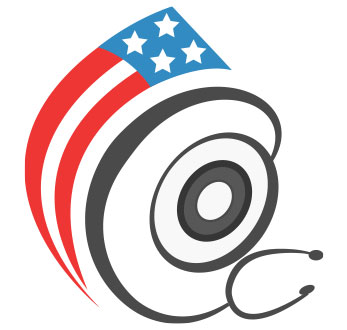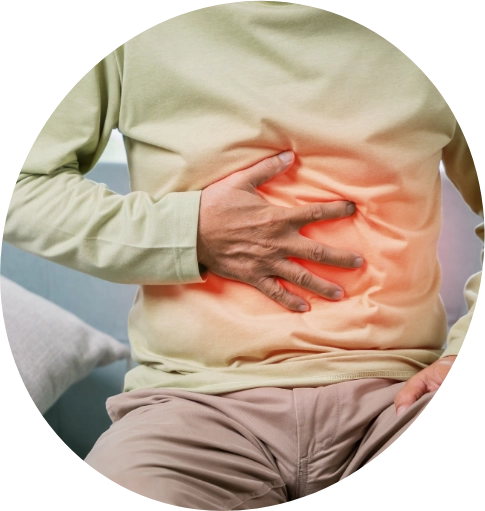
Prev PAC
January 23, 2009| MedicineUlcer Reflux Disease

Acid reflux or Gastroesophageal reflux (GER) occurs in adults when the content of the stomach regurgitates back into the esophagus.
Acid reflux or Gastroesophageal reflux (GER) occurs in adults when the content of the stomach regurgitates back into the esophagus [1]. This acid-rich liquid can inflame and damage the lining of your esophagus [2] [3].
Stomach acid is the most harmful component of the refluxed liquid. Although bile may damage your esophagus, the extent of the damage is not as completely understood as the damaging effects of stomach acid [3].
Rowasa Kit
Starting from:
$75.00
Vimovo
Starting from:
$112.00
Zenpep
Starting from:
$450.00
Motilium
Starting from:
$30.00